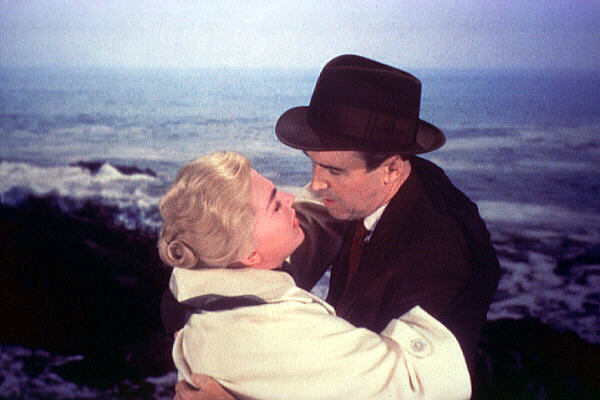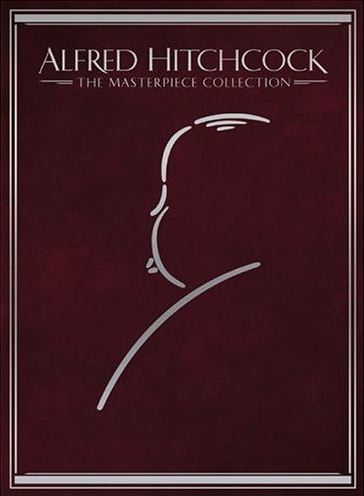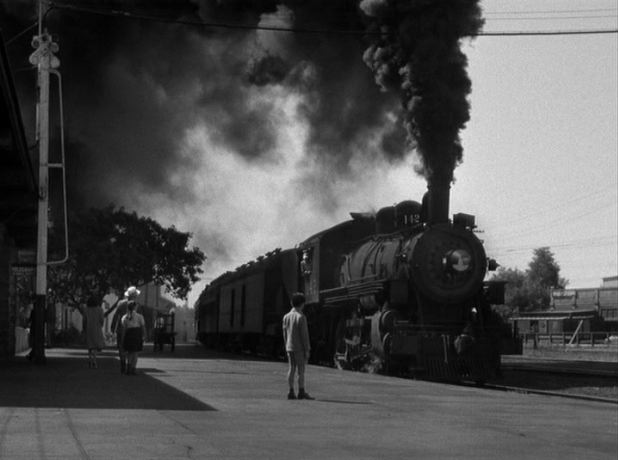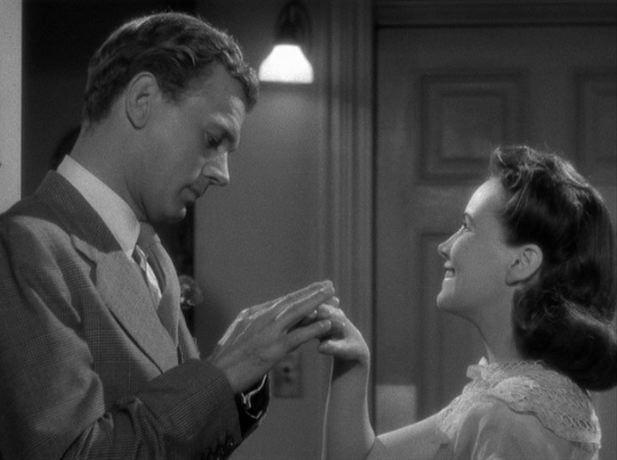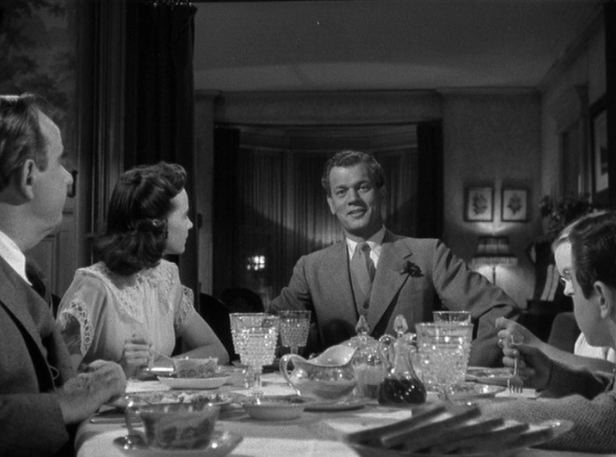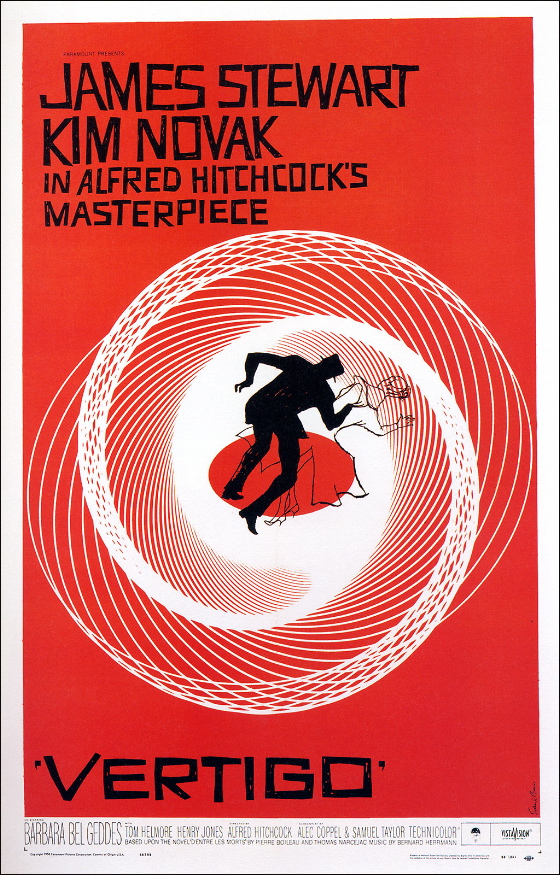
Vertigo, Alfred Hitchcock’s masterpiece from 1958, is about many things — that is, it can be analyzed from many different perspectives — but one of the most important things it’s about is the medium of movies itself.
Every work of art is on some level about the medium in which it’s created — its nominal subject, sometimes confused with its “content”, is often merely an excuse for a demonstration of the metaphysical resonance of a particular set of techniques. The process of art itself is a subject, a conveyor of meaning, which interacts with the nominal subject of a work in complex ways.
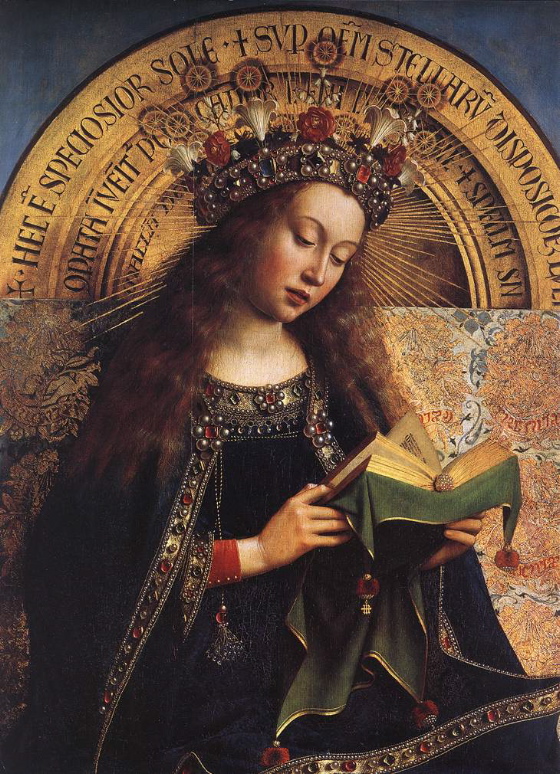
The technique of Jan Van Eyck’s Altarpiece Of Ghent testifies to a lifetime of study and mastery in the discipline of painting, a supreme commitment to the medium, which is inseparable from the religious devotion of the work — they become co-identical. By the same token, when Robert Rauschenberg wraps bits of an old tire around a tree stump and calls it sculpture, he is expressing a cynicism not just about art but about life, about all human endeavor.
The obvious text of Vertigo, the narrative element which can be rendered into words, clearly has parallels to filmmaking. A man dresses a woman up and coaches her in playing a part to facilitate a murder, creating an image that another man falls in love with — and when that other man loses the woman he thinks he’s fallen in love with he dresses yet another woman up and coaches her in playing the part of his lost love.
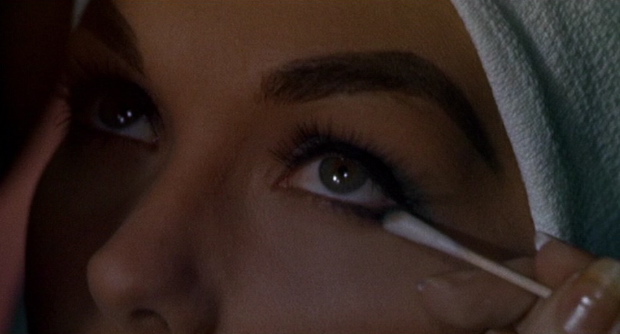
Critics have seen the images of the two men in the film as images of a film director, who on one level constructs drama for cynical, mercenary purposes, but can also, like Pygmalion, fall in love with his creation and want it, like Galatea, to come alive and embrace him.
To the degree that we as spectators enter into the activity of the director, become seduced by it — first as entertainment, then as the motivation of real desire — we share the director’s dilemma and the director’s temptation. We risk falling in
love with ghosts — the ghosts we’ve summoned, cynically or narcissistically, from our own psyches.
As I say, this analysis of Vertigo is available to us on a literary, intellectual level just from the plain narrative of the film. The art of the film, however, lies in the way Hitchcock makes us feel the spiritual jeopardy of his protagonist in personal,
often subconscious ways — to experience his protagonist’s jeopardy as our own. The genius of the film, then, is the way Hitchcock uses the medium of movies not just to express its nominal subject but to internalize it in the psyche of the spectator.
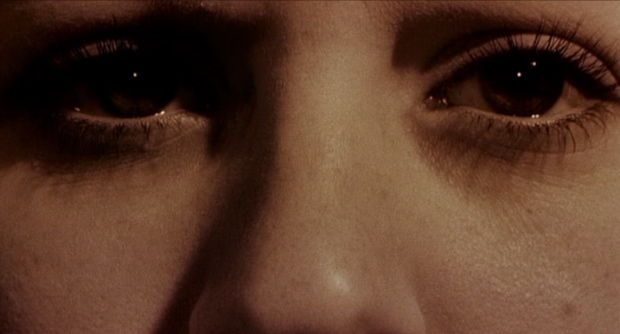
Primarily, Hitchcock does this by encouraging the pleasure we take in being spectators, voyeurs, luring us into a comfort zone about the activity, and then subtly deconstructing our comfort, our distance from the activity.
The film moves with astonishing fluidity between different kinds of images, which place us in different relationships to them. The simplest example of this is found in the early scenes in which Jimmy Stewart follows Kim Novak’s car through the streets of San Francisco. Location shots in which the moving camera, representing Stewart’s point of view, pull us imaginatively through the fascinating urban landscape of a real place, delight us and so pull us imaginatively, emotionally, into the chase narrative. But these shots are intercut with oddly quiet and dreamlike reverse shots on Stewart filmed against patently unreal backscreens. Stewart is clearly not driving a real car, he’s clearly not really in the streets he seems to be driving down — he’s watching something from a distance, as we are. Subliminally, we’re being told that we can enjoy this chase without having to imagine it as real — because it’s just a movie — but we’re also being told, and shown, that we can choose to enjoy it as real, to whatever degree we like.
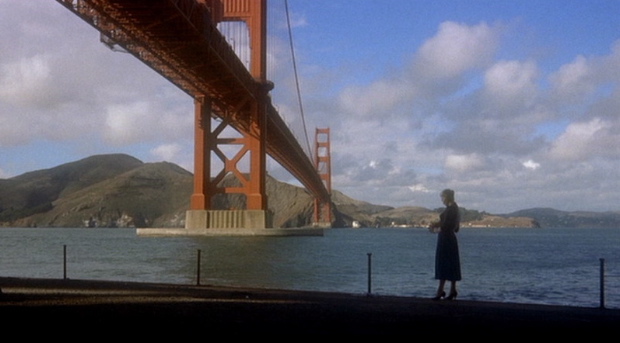
This dynamic is a paradigm for the aesthetic strategy of the whole film. As the Stewart character becomes more and more obsessed by the Novak character, Hitchcock progressively eroticizes her as an image on screen, inviting us to fantasize about her also in purely sensual terms — but he keeps stepping back and forcing us to step back, to see her once again as merely an image, perhaps a
dangerous one.
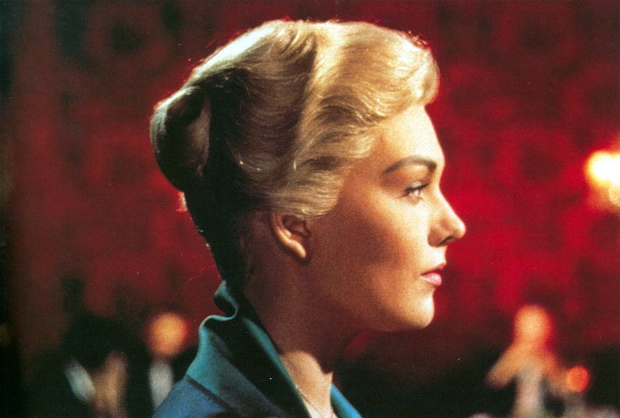
Finally Hitchcock is able to bring us to the spiritual climax of the film, when Stewart is so thoroughly enchanted by the erotic illusion of Novak that he’s willing to suspend his disbelief in her reality in order to possess her, whatever the hell that might mean under the circumstances. As spectators, we are right with him. Hitchcock can tell us with every means at his command as a filmmaker that Stewart is living in a dream, that we are watching a dream, but can at the same time so eroticize Novak that we don’t care — because we want the dream to be true. We want it right up until the final shot, when, like someone having a wonderful dream he or she doesn’t want to end, we try to incorporate the sound of the alarm clock into the dream, so as not to be forced to switch our mode of consciousness.
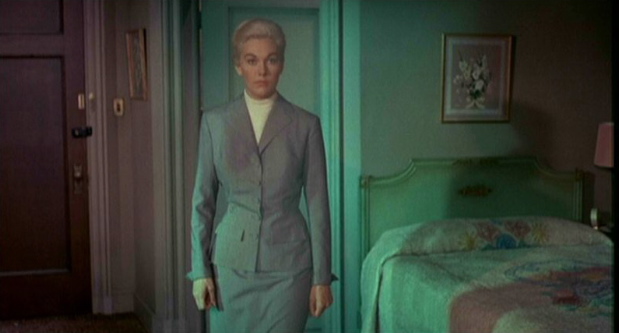
The paradox is presented from a predominantly male point of view, but isn’t limited to one. The moment in the hotel room when Stewart waits for the embodiment of his deepest sexual fantasies to walk out of the bathroom with her hair done just so is one of the most erotic moments in all of cinema. It connects with the hope and suspense of every sexual encounter — and not just for men. Kim Novak said that the scene was incredibly powerful for her — that she was literally trembling with emotion, involuntarily, when she walked out of that bathroom, because the moment connected for her with all those amorous moments in real life when she wanted to be perfect for her lover, wanted to perfectly embody his fantasies.
The self-reflection of a film director, the spiritual jeopardy of voyeurism on the part of moviegoers, thus becomes universalized in Vertigo into a profound reflection on the hope and suspense and illusion (and charity, and fun) of sexual love. The medium incarnates the message and we receive it not as a message but as an interior insight, a wisdom born of our own experience.
This all but magical ability to incite interior experience in the spectator is of course an attribute shared by all great art, and explains why we can watch Vertigo repeatedly and still have it play out as new — much like the sex act itself. We’re not just being shown something, not just being told something, not just
doing something when we watch Vertigo. Something is happening inside
us over which we have very little conscious control — and it happens again and again each time we see the film.
